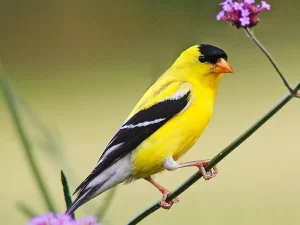
Physical Characteristics of the American Goldfinch
The American Goldfinch is best known for its bright yellow feathers, which have earned it the nickname “wild canary.” However, its appearance varies significantly between seasons and sexes, showcasing the bird’s unique adaptability and beauty.
Male vs. Female American Goldfinch
In breeding season, male American Goldfinches sport brilliant yellow plumage with black wings, a black cap, and white markings around their tails. This striking color pattern is designed to attract mates, as vibrant colors are often indicative of good health and strong genetics.
In contrast, females and non-breeding males have a more subdued color palette, featuring olive-brown or dull yellow feathers. Their underparts are typically a pale yellow, while their wings are dark brown, with lighter streaks. Although the female’s coloring is less vivid than the male’s, it is still quite beautiful and helps her blend into the foliage of her surroundings.
Size and Shape
The American Goldfinch is a small bird, measuring approximately 4.5 to 5 inches (11.5 to 12.7 cm) in length and weighing around 0.4 ounces (11 to 12 grams). Its wingspan ranges from 7.5 to 8.7 inches (19 to 22 cm). Despite its small size, the American Goldfinch has a robust and agile physique, which aids in its acrobatic flight patterns. Its thin, conical beak is ideal for feeding on seeds, while its short legs and feet help it perch on plant stems or feeders.
Color Changes Throughout the Year
One of the most fascinating aspects of the American Goldfinch is its seasonal change in plumage. During the summer breeding season, males are known for their brilliant yellow color, while females sport a more subdued, olive-toned look. As fall approaches, the male’s vibrant yellow plumage fades to a duller brown or olive shade, resembling the female’s non-breeding plumage. This seasonal transformation helps them blend into their environment during the colder months when they are less active in the breeding cycle.
Habitat and Range
The American Goldfinch is widespread across North America, ranging from southern Canada to northern Mexico. These birds prefer open fields, grasslands, and weedy areas, as well as places with a variety of seeds, including urban and suburban gardens. They are commonly found in agricultural areas, where fields of sunflowers, dandelions, and thistles provide plenty of food.
While they are present year-round in many parts of the United States, American Goldfinches are particularly abundant in the northeastern and western regions. They are highly adaptable and can thrive in a range of habitats, from meadows and forests to urban environments. They are often seen in backyard bird feeders, where they enjoy seeds like sunflower, thistle, and dandelion.
Migration Patterns
The American Goldfinch is primarily a migratory bird, but its migration patterns differ somewhat from those of other species. Unlike many birds that migrate based on temperature, American Goldfinches migrate in response to food availability. They are known to travel from the northern United States and southern Canada to the warmer regions of the southern U.S. during the colder months.
Interestingly, American Goldfinches do not migrate in large flocks like many other songbirds. Instead, they typically move in small groups, often joining other finch species along the way. Some goldfinches may even remain in their northern habitats during winter if food sources like seeds are plentiful.
Diet and Feeding Behavior
The American Goldfinch is an herbivore and primarily feeds on seeds, which it extracts from plants with its specialized beak. Its diet consists mainly of seeds from plants like sunflowers, dandelions, asters, and thistles. Goldfinches are also known to feed on seeds from weeds and grasses, and they are particularly fond of thistle seeds, which are high in fat and provide the energy needed for their active lifestyle.
Foraging Techniques
American Goldfinches are acrobatic foragers, capable of hanging upside down to reach seeds. They use their sharp beaks to crack open seed heads, often taking the seeds one at a time. They are especially skilled at extracting seeds from plants with spiky or difficult-to-reach seed heads, demonstrating their dexterity and precision. Their behavior is often described as playful and energetic, as they frequently move between plants in search of the best food sources.
Goldfinches also have the unique ability to survive on a diet primarily consisting of seeds, which provides them with a high level of protein and fat. This diet is crucial for their survival during the winter months when other food sources are scarce.
Feeding at Bird Feeders
In suburban and urban areas, American Goldfinches are often seen at bird feeders, where they prefer feeders filled with sunflower seeds or nyjer (thistle) seed. Their small size and nimble feeding behavior allow them to easily access feeders with tiny openings, making them a common sight at finch feeders.
Behavior and Social Structure
American Goldfinches are social birds, often seen in small groups during the breeding season and large flocks in winter. Their flocks, or “charms,” are often composed of a mix of males, females, and juveniles. The term “charm” is an apt description of the American Goldfinch’s behavior, as these birds are known for their joyful and spirited chirping.
Courtship and Mating Rituals
The American Goldfinch has an interesting mating system. Unlike many other birds that breed in the spring, goldfinches typically begin their breeding season later, often in late June or early July. This timing corresponds with the peak availability of seeds, which ensures that the parents have an ample food supply to feed their young.
Male goldfinches court females through song and aerial displays. The male will sing a high-pitched, melodious song and perform acrobatic flight maneuvers to impress the female. Once a female has chosen a mate, the pair works together to build a nest, usually in shrubs or trees, often in areas with abundant seeds.
Nesting and Raising Young
The American Goldfinch builds its nest in shrubs, small trees, and tall plants, such as willows or oaks, often selecting locations that provide a good amount of cover. The female does most of the nest building, weaving together grasses, plant fibers, and spider silk to create a sturdy structure. The nest is typically well-hidden from predators, often tucked into dense foliage or branches.
Once the nest is built, the female lays 4 to 6 eggs, which are pale blue or greenish with speckled markings. The eggs hatch in about 12 to 14 days, and both parents take turns feeding the chicks. The young are fed primarily with seeds, and the parents continue to care for them until they are capable of independent foraging.
Communication
American Goldfinches communicate using a variety of sounds, including high-pitched calls and songs. Their calls are often described as “sweet” or “cheerful,” which is fitting given their lively and social nature. Goldfinches use these calls to communicate with other members of their flock and to establish territory during breeding season.
What Does it Mean When You See an American Goldfinch?
Seeing an American Goldfinch can have different meanings depending on the context and your personal beliefs, but in many spiritual and symbolic traditions, this bird is associated with joy, positivity, and renewal. Here are a few interpretations:
Symbol of Joy and Happiness: The bright yellow color of the American Goldfinch is often linked to feelings of happiness and lightheartedness. Its playful flight and cheerful chirps might symbolize a time to embrace joy in your life, or it could be a sign to find beauty in simple things.
Renewal and Growth: The Goldfinch is known to molt and shed its feathers, which can symbolize personal transformation, shedding old habits, or embracing new beginnings. It might be a message to focus on personal growth or to embrace change with optimism.
Connection to Nature: Because goldfinches are often seen in natural, serene environments, encountering one may be a reminder to reconnect with nature, find peace in the outdoors, or take time for self-care.
Lightness of Spirit: Goldfinches are light and graceful in their movements, which may be interpreted as a reminder to approach life with a lighter heart, not to take things too seriously, and to embrace a carefree attitude.
The American Goldfinch Images
10 facts about the American Goldfinch
Here are 10 facts about the American Goldfinch:
1. Scientific Name
- The American Goldfinch is scientifically known as Spinus tristis and is commonly called the Eastern Goldfinch or Wild Canary.
2. Habitat
- They are found across North America, primarily in the northern United States, Canada, and parts of the eastern and western U.S., particularly in fields, gardens, and meadows.
3. Bright Yellow Plumage
- The male American Goldfinch is known for its vibrant yellow plumage during the breeding season, which helps in attracting mates. The females are a more muted yellow-brown color.
4. Diet
- They primarily feed on seeds, especially from plants like dandelions, thistles, and sunflowers. Their small beaks are adapted for handling seeds.
5. Flight Style
- American Goldfinches are known for their distinctive flight pattern. They often perform a bouncy, undulating flight that makes them easy to spot in the air.
6. Song
- Their song is a pleasant, high-pitched warbling. Males sing to attract mates and defend territory, often in the early morning hours.
7. Breeding and Nesting
- Unlike many birds, American Goldfinches breed later in the summer, timed to the peak availability of seeds. Their nests are typically built in shrubs or trees, and they create a cup-shaped structure.
8. Migration
- While many goldfinches are year-round residents in the southern parts of their range, those from northern regions migrate south for the winter.
9. Social Birds
- These finches are social and often form large flocks during the non-breeding season. Flocks can sometimes number in the hundreds, especially during migration.
10. State Bird
- The American Goldfinch is the state bird of Iowa, New Jersey, and Connecticut, where it is celebrated for its beauty and cheerful song.
You May Also Like
The American Goldfinch is a small, brightly colored bird that is familiar to many people in North America. This striking bird is known for its cheerful song and distinctive yellow …
Yellow finches, also known as American goldfinches (Spinus tristis), are small, vibrant songbirds that captivate birdwatchers with their stunning yellow plumage and melodic chirping. But do these feathered friends migrate? …
Finches are a popular bird species that come in many different varieties, each with its unique characteristics and dietary requirements. Understanding what your finch should eat is crucial to keeping …
Birds are fascinating creatures, each with their unique features and characteristics. Some birds are known for their beautiful colors, while others are known for their melodious songs. Among the birds …
The American Goldfinch, also known as the Eastern Goldfinch, is a small songbird native to North America. They are known for their bright yellow plumage, which is especially vibrant in …
Finches are a diverse group of small passerine birds that belong to the family Fringillidae. These birds are known for their colorful plumage, unique beak shapes, and melodious songs. With …
- 1
- 2

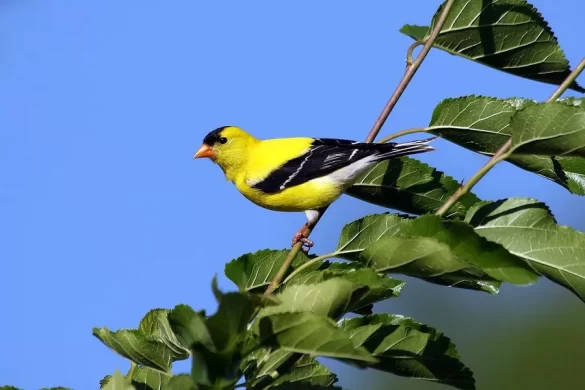
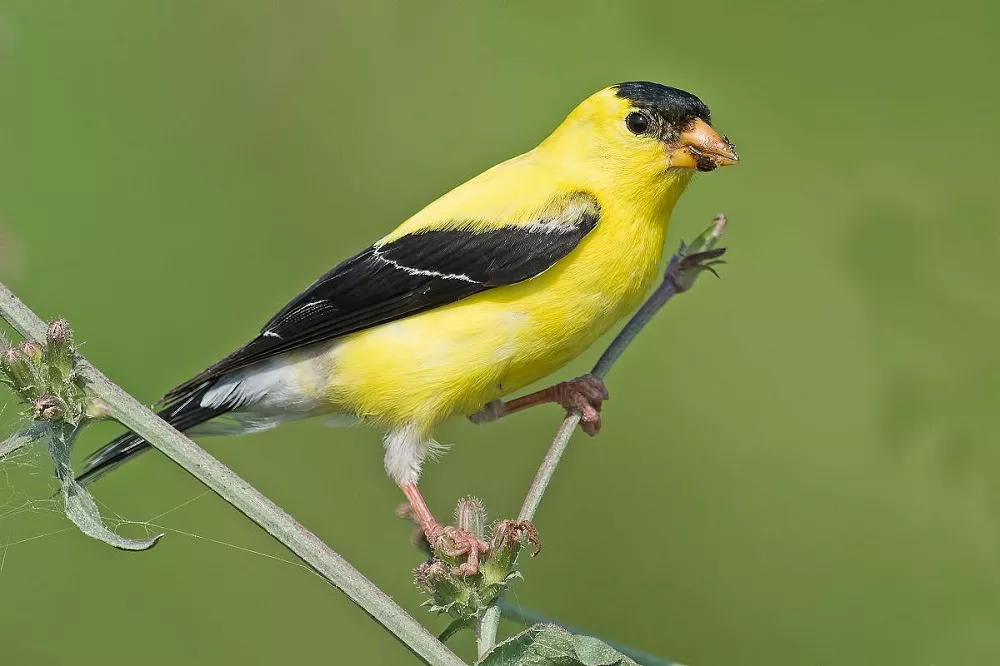
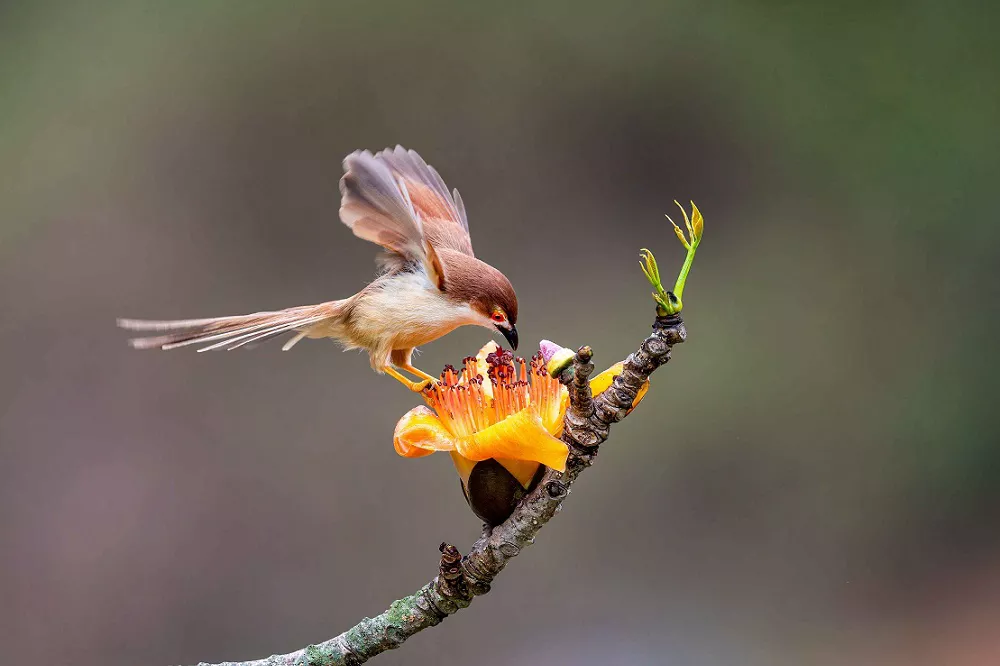
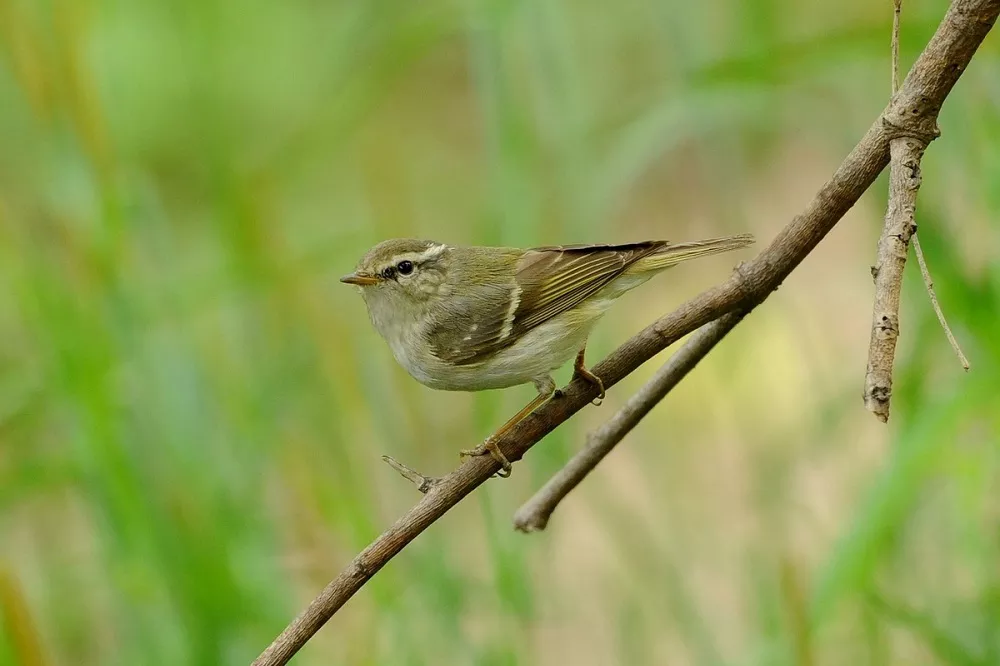
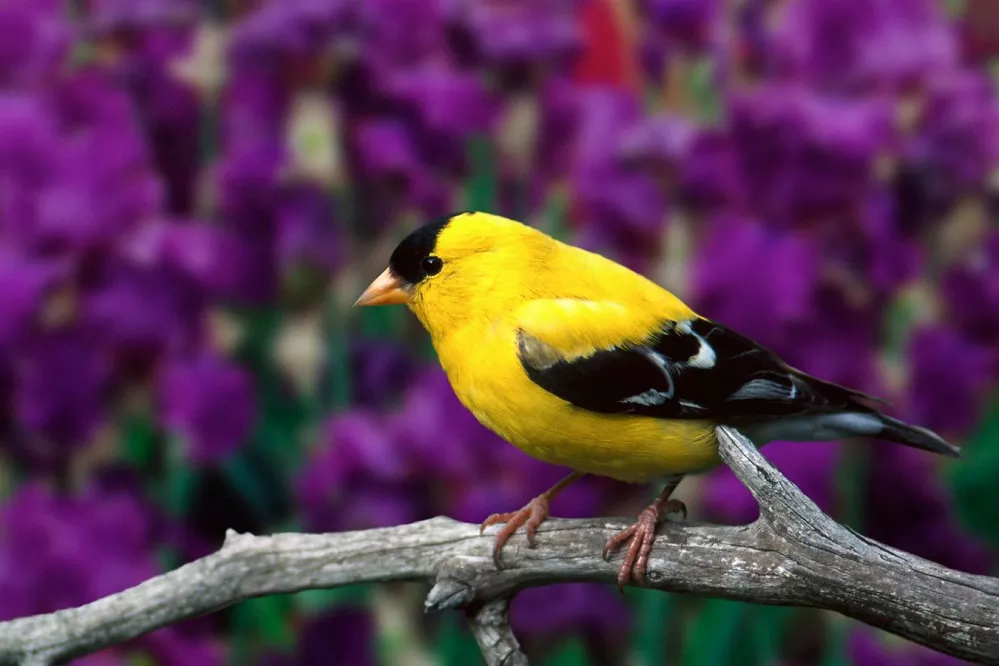
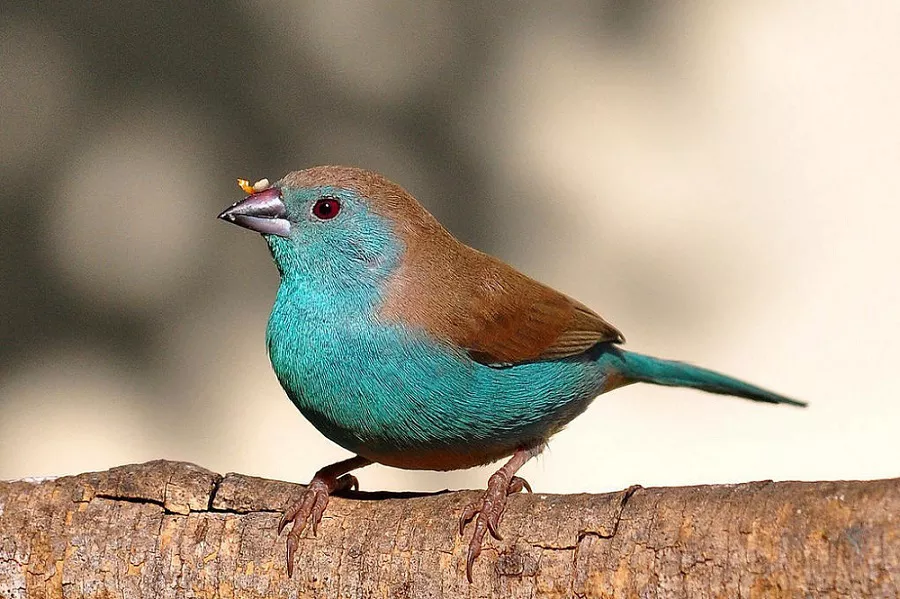
 Facebook
Facebook  Instagram
Instagram  Youtube
Youtube 